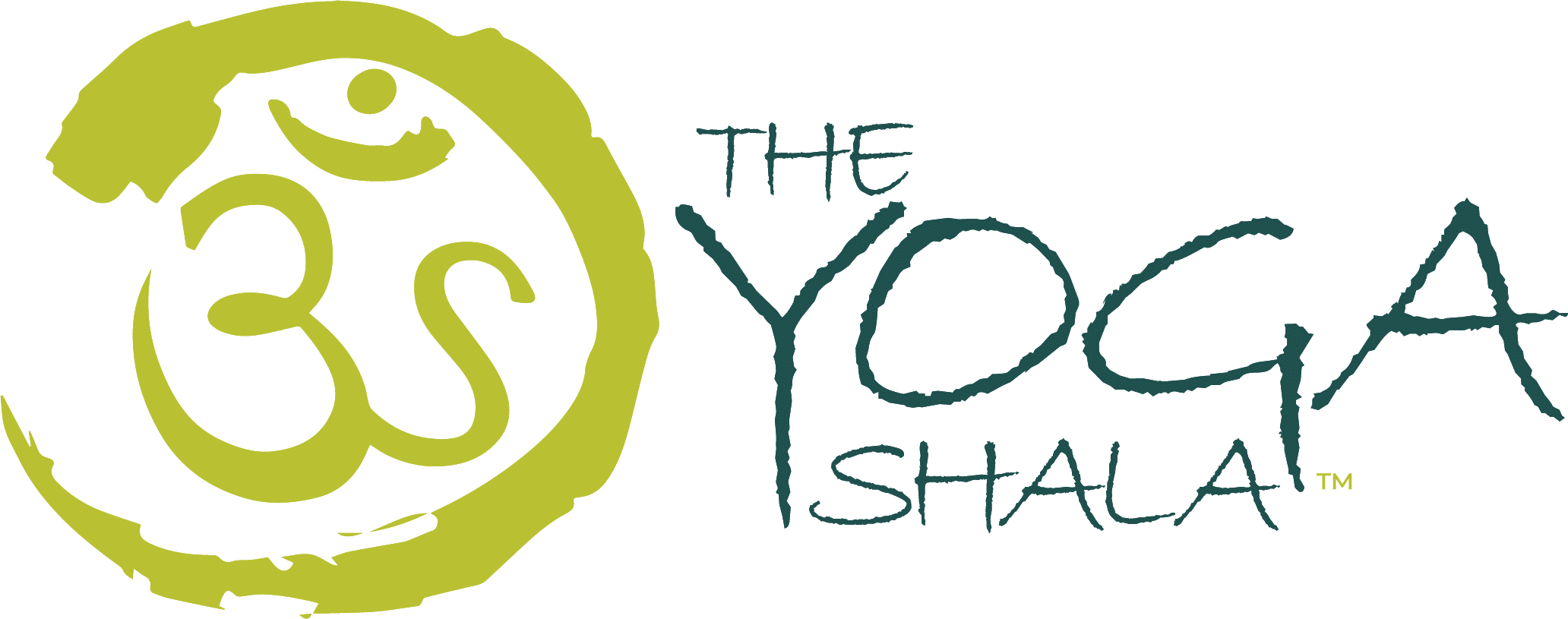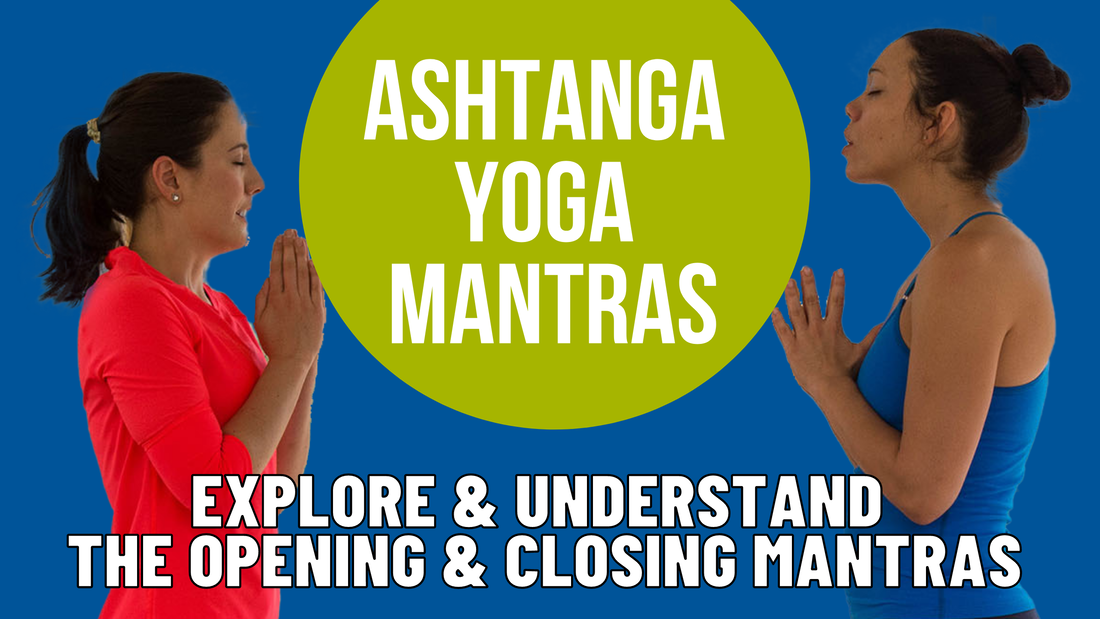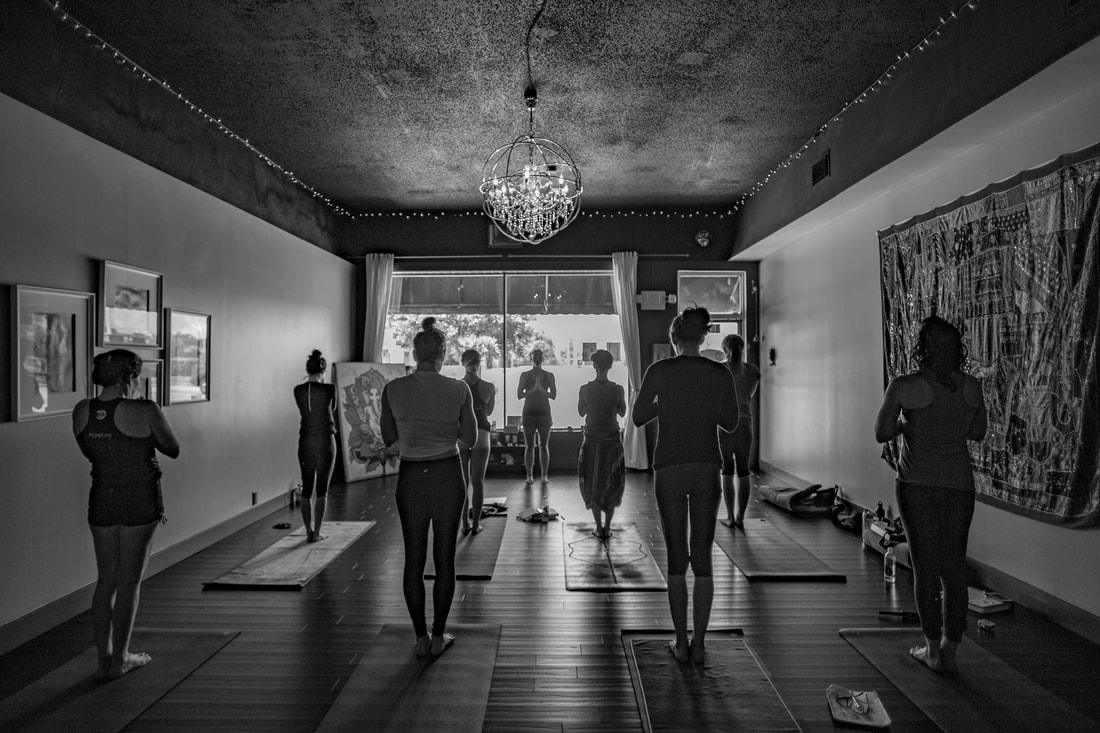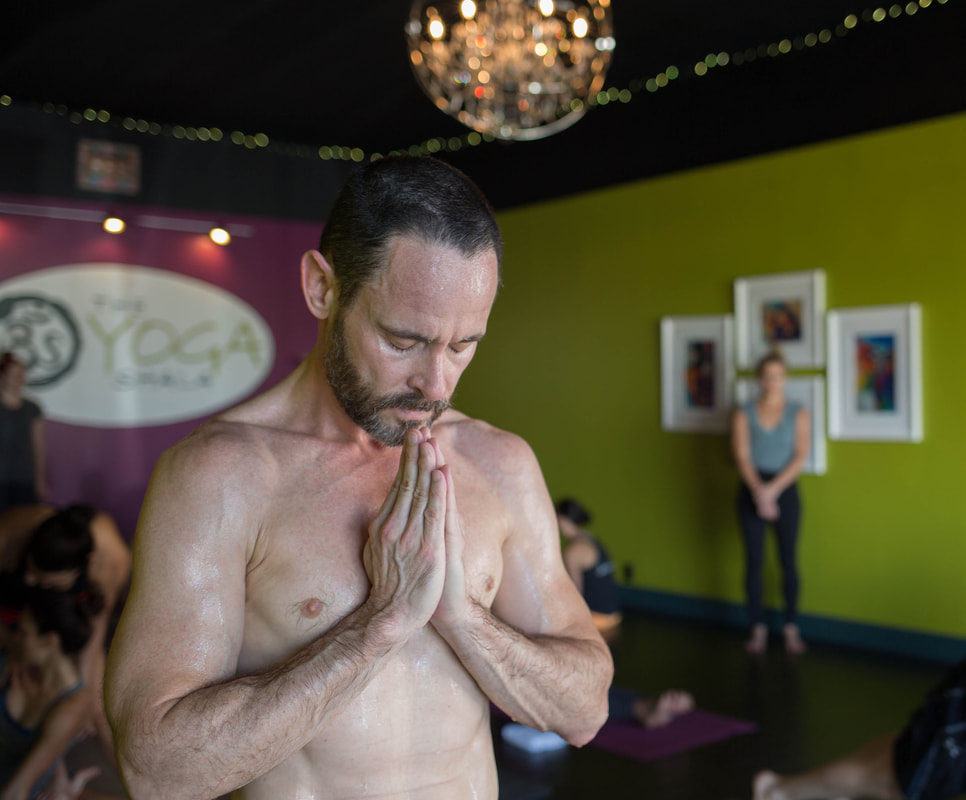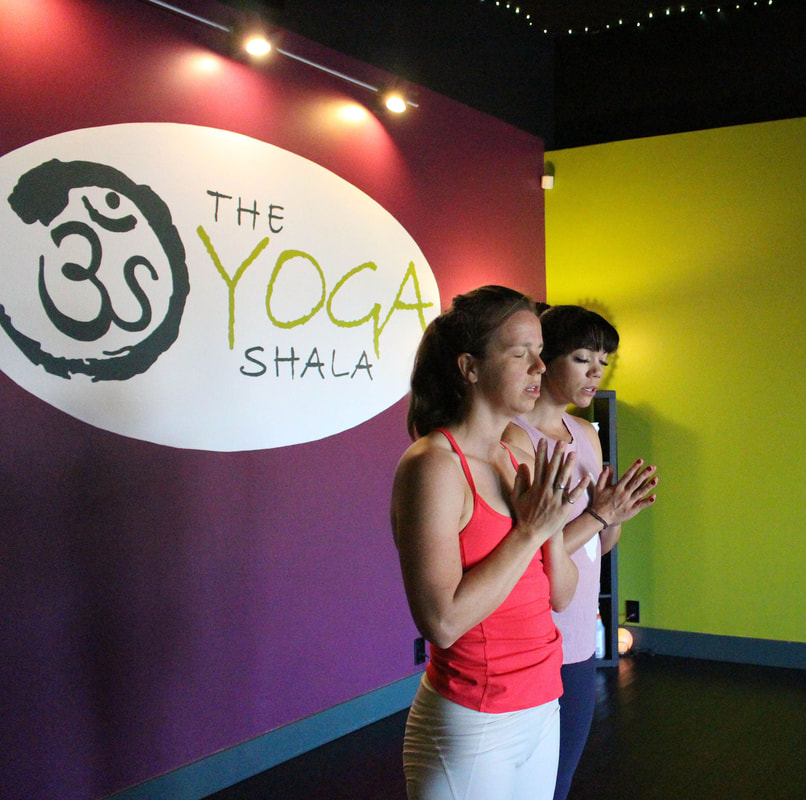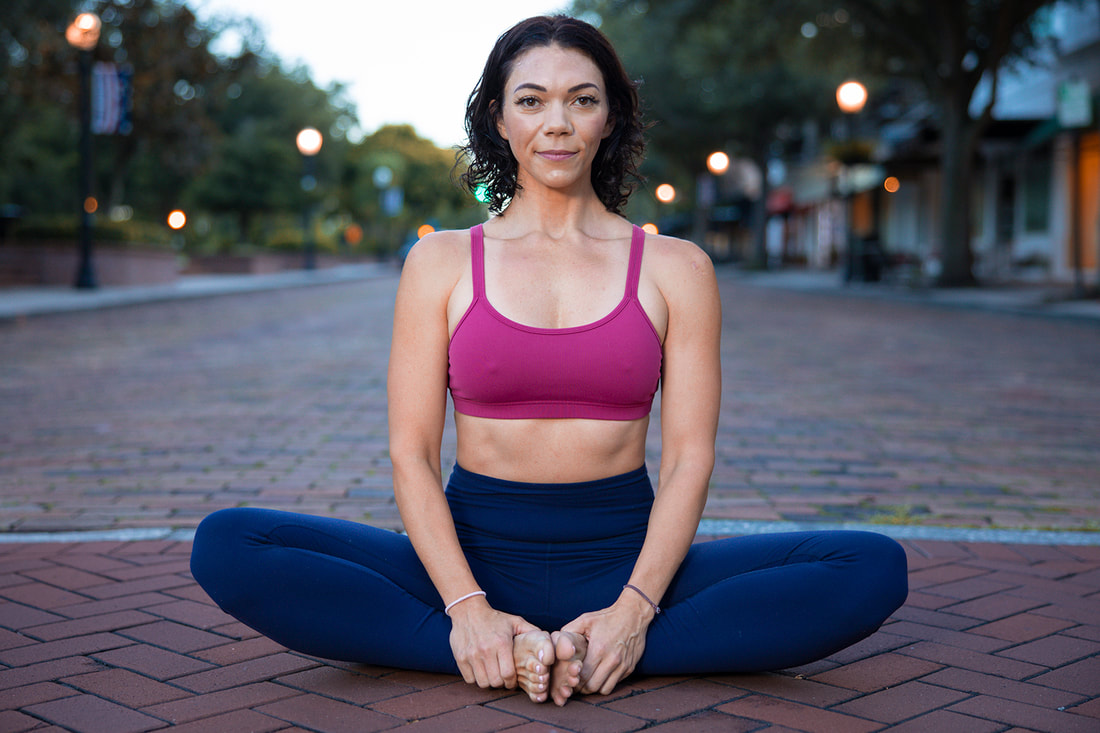Ashtanga Yoga is a traditional style of yoga that incorporates a set sequence of postures along with breath control and focus. The Ashtanga Yoga system also teaches students two sacred mantras.
Mantras are sacred syllables, words, or phrases often practiced as a form of meditation or chanting to enhance the practice.
The “Ashtanga Opening Mantra” is chanted at the beginning of an Ashtanga Yoga practice. The Opening Mantra is also called the “Vande Gurunam” mantra, which is a Sanskrit verse that pays homage to the lineage of teachers who have passed down the wisdom and teachings of yoga. The mantra is chanted in a call-and-response style, with the instructor leading and the students repeating after them.
The Opening Mantra:
“Vande Gurunam Charanaravinde
Sandarshita Svatma Sukhava Bodhe
Nihshreyase Jangalikayamane
Samsara Halahala Mohashantyai”
Translation:
“I bow to the lotus feet of the gurus,
The awakening happiness of one’s own self revealed,
Beyond better, acting like the jungle physician,
Pacifying delusion, the poison of Samsara (the cycle of birth and death).”
This mantra serves as an invocation, setting the tone for the practice and acknowledging the lineage of yoga teachers who have contributed to the teachings of Ashtanga Yoga. Chanting the Opening Mantra can help to cultivate reverence, gratitude, and focus, creating a sense of connection to the wisdom and tradition of yoga.
In addition to the Opening Mantra, Ashtanga Yoga may also incorporate other mantras or chants during the practice, such as the closing mantra, or individual postures may have their own specific mantras associated with them. Mantras can be used as a tool to calm the mind, deepen concentration, and heighten spiritual awareness during the practice of Ashtanga Yoga.
It’s important to note that while mantras are a significant aspect of Ashtanga Yoga for many practitioners, they are not required, and different instructors and students may have different preferences and approaches to incorporating mantras into their practice. It’s always best to follow the guidance of a qualified yoga teacher and approach mantras with an open mind and respectful attitude towards their cultural and spiritual significance.
Ashtanga Yoga practitioners often recite the Opening and Closing Mantras as a way to honor the tradition and lineage of yoga, and to create a sacred and focused atmosphere for their practice.
The Opening Mantra, also known as the “Vande Gurunam” mantra, is chanted at the beginning of an Ashtanga Yoga practice to pay homage to the lineage of teachers who have passed down the wisdom and teachings of yoga. By acknowledging the gurus and expressing gratitude for their guidance, practitioners cultivate a sense of reverence and connection to the ancient tradition of yoga. The mantra serves as an invocation, setting the intention for the practice and inviting a state of openness and receptivity to the teachings of yoga.
The Closing Mantra, also known as the “Samasthitihi” mantra, is chanted at the end of an Ashtanga Yoga practice to bring the practice to a complete and harmonious close. The mantra translates to “May all beings be happy, may all beings be healthy, may all beings be safe, may all beings live with ease.” By reciting this mantra, practitioners express their heartfelt wishes for the well-being of all beings, including themselves, their loved ones, and all living beings in the world. The Closing Mantra serves as a reminder of the interconnectedness of all beings and the importance of cultivating compassion and goodwill towards others.
Reciting the Opening and Closing Mantras in Ashtanga Yoga is not only a ritualistic practice, but also a way to create a meditative and focused state of mind. The repetition of the sacred syllables and words in the mantras can help to calm the mind, deepen concentration, and enhance spiritual awareness. Chanting the mantras also helps to synchronize the breath and movements in the practice, creating a sense of rhythm and flow.
It’s worth mentioning that while mantras are an integral part of Ashtanga Yoga for many practitioners, they are not mandatory, and different instructors and students may have different preferences and approaches to their use. It’s important to approach mantras with respect, understanding their cultural and spiritual significance, and to follow the guidance of a qualified yoga teacher in incorporating them into your practice. Ultimately, the recitation of the Opening and Closing Mantras in Ashtanga Yoga can serve as a personal expression of reverence, gratitude, and mindfulness, enhancing the overall experience of the practice.
The Opening and Closing Mantras used in Ashtanga Yoga have a rich history that can be traced back to the ancient yogic traditions of India. These mantras have been passed down through generations of yoga practitioners and teachers, and are considered to be an integral part of the Ashtanga Yoga practice.
The exact origins and authorship of the Opening and Closing Mantras are not well-documented, as they have been handed down orally over the centuries. However, it is believed that these mantras were composed in Sanskrit, which is considered to be the classical language of ancient India, and have been recited in various forms of yoga for centuries.
The Opening Mantra, “Vande Gurunam Charanaravinde,” is often attributed to Sage Veda Vyasa, who is considered to be a revered figure in the Hindu tradition and is believed to have compiled the ancient scriptures known as the Vedas. This mantra is also sometimes associated with the teacher-student lineage of T. Krishnamacharya, who is considered to be one of the modern fathers of Hatha Yoga and is known to have influenced the development of Ashtanga Yoga.
The Closing Mantra, “Samasthitihi,” which translates to “May all beings be happy, may all beings be healthy, may all beings be safe, may all beings live with ease,” is a verse that reflects the yogic principle of ahimsa, or non-harming, and is rooted in the philosophy of compassion towards all beings. The authorship of the Closing Mantra is not well-documented, but it is widely used in various forms of yoga as a way to express goodwill and positive intentions towards oneself and others.
It’s important to note that while the specific history and origins of the Opening and Closing Mantras may not be fully known, these mantras have been revered and passed down through generations of yogis as a way to honor the lineage of yoga teachers, invoke blessings, and cultivate mindfulness and compassion. They are considered to be sacred and are used in Ashtanga Yoga as a way to create a focused, reverential, and meditative atmosphere for the practice.
Reciting mantras, whether in the context of yoga, meditation, or other spiritual practices, is believed to offer a wide range of benefits for the mind, body, and spirit.
Here are some potential benefits of reciting mantras:
- Calming the mind: The repetition of mantras can help to calm the mind and slow down the mental chatter. Mantras act as a focal point, helping to anchor the mind in the present moment and quieting the stream of thoughts, which can promote a sense of peace and tranquility.
- Enhancing concentration: The rhythmic repetition of mantras can help to improve concentration and focus. By directing the mind to a specific sound or phrase, mantras can support the development of one-pointedness of mind, leading to increased mental clarity and mindfulness.
- Reducing stress and anxiety: Reciting mantras is believed to activate the relaxation response in the body, helping to reduce stress and anxiety. The calming effect of mantras on the nervous system can help to lower cortisol levels, ease tension, and promote a state of deep relaxation.
- Cultivating positive qualities: Many mantras are associated with specific qualities or intentions, such as compassion, love, or gratitude. By repeatedly reciting mantras that embody positive qualities, practitioners can help to cultivate those qualities within themselves, leading to personal growth, self-awareness, and a positive mindset.
- Connecting with the divine: Mantras are often considered sacred and are used as a means of connecting with the divine or higher consciousness. The repetition of mantras is believed to help align the individual with higher spiritual energies, promoting a sense of reverence, devotion, and connection to something greater than oneself.
- Energizing the body: Some mantras are believed to have specific vibrational qualities that can stimulate and balance the energy centers in the body, known as chakras. The chanting of mantras can help to activate and harmonize these energy centers, promoting physical well-being and vitality.
- Enhancing self-expression: Mantras can also be used as a form of self-expression, allowing individuals to channel their emotions, creativity, and inner voice. Reciting mantras can offer a means of self-affirmation, self-reflection, and self-empowerment.
It’s important to note that the benefits of reciting mantras may vary depending on individual beliefs, intentions, and practices. Mantras are a personal and subjective experience, and it’s essential to approach them with sincerity, reverence, and respect for their cultural and spiritual significance. It’s recommended to learn mantras from qualified teachers and practitioners, and to integrate them into one’s practice with mindfulness and discernment.
Practice with The Yoga Shala
If you want to join us for LIVE classes, The Yoga Shala offers virtual and in person classes every weekday morning. Owner, Krista Shirley, also offers virtual or in person private sessions (Yoga, Meditation, Breath-work, Nutrition, Life Coaching and Mentorship). Visit theyogashala.org for details.
Be sure to signup for our newsletter to stay on top of local events and classes, Nysa products sales, new offerings, new products and more!
We hope you find this video series helpful to you in creating or maintaining your yoga practice!
About Krista: Krista Shirley is a level II authorized Ashtanga Yoga teacher. She is deeply passionate about sharing these teachings with all who wish to learn.
If you want to join Krista in person she teaches daily classes at The Yoga Shala in Winter Park, Florida. She also offers virtual sessions in Yoga, Meditation, Breath-work, Nutrition, Life Coaching and Mentorship. Check out www.theyogashala.org for more details.
If you do not live in Central Florida and want to find an authorized teacher in your area, check out our teacher, Sharath Jois’ website, for a list of all teachers authorized and certified by his yoga centre in India.
|
|
|
|
|
|
|
|
|
|
|
❤️SHOP MERCHANDISE: Nysa Products
❤️LET’S BE SOCIAL:
Instagram: Krista Shirley Yoga
Instagram: The Yoga Shala
Facebook: The Yoga Shala
Facebook: KristaShirleyYoga
For other inquires please contact: krista@theyogashala.org
